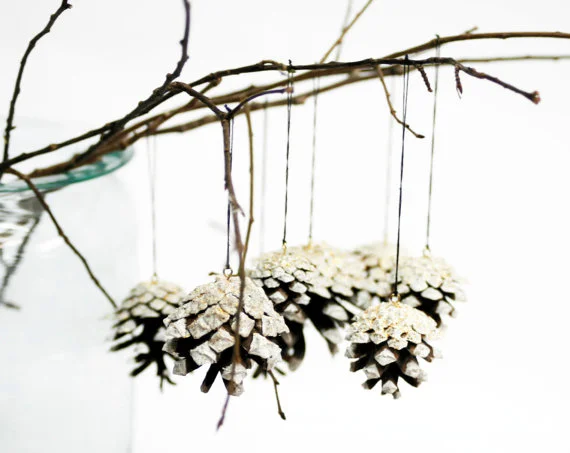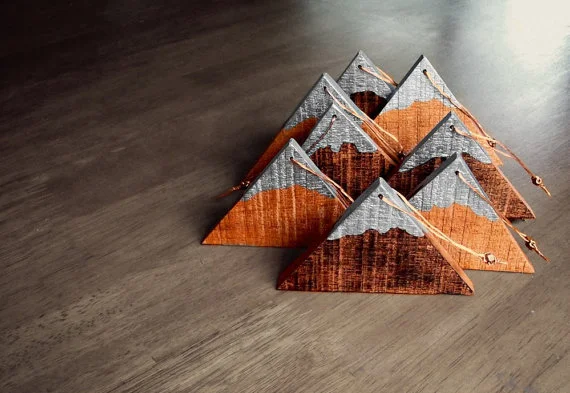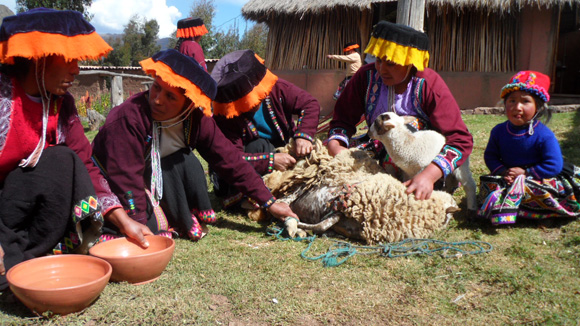Here are some of the ways you've been earning badges lately:
"I'm running a Yarn Love Camp for my business this week, and I'm sending these out to my campers as a thank-you. They're perfect!" - @yarnloveyarn through Instagram, needlecraft badge
"I completed a full year's worth of commuting 30 miles by bicycle each day five days a week," - Jeremy through Facebook, cyclist badge
"...my job in the [U.S. Air Force] is weather so I got this patch to wear on my vest and it’s perfect!" - Nicole through Etsy, cloudspotter badge
“Patches to commemorate Millie's first year milestones…” - @ginaschlosser through Instagram (pictured above), multiple badges
“I'm keeping my kids home this summer and treating it as a summer camp, with merit badges.” - Rob through Etsy, multiple badges
“Fostered a dog this month. Had a lot of laughs. And occasional frustrations. He went to a wonderful family. I got this badge.” - @lovebasedlifeform through Instagram, wildlife study badge
I love seeing the goals everyone has set! That's my favorite part about this project—it's all what you make of it.


















